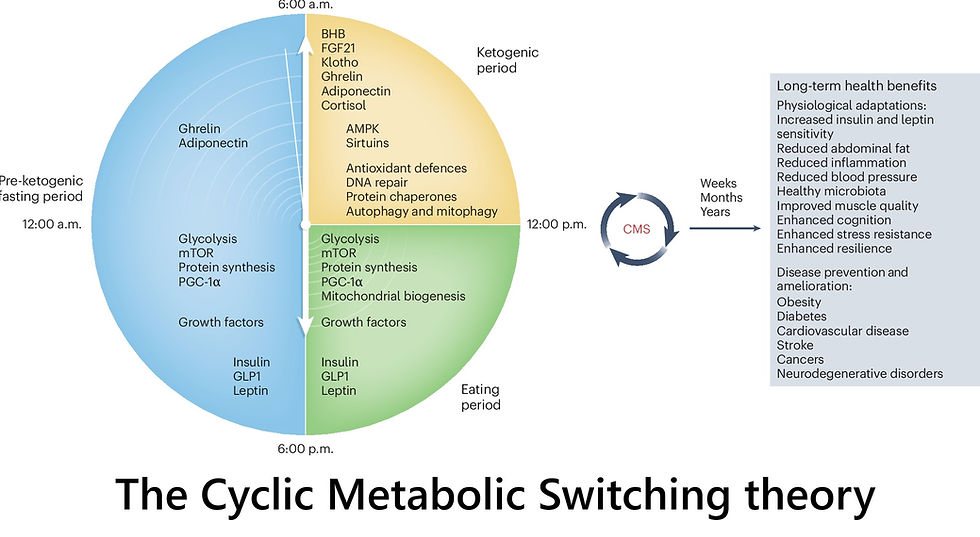The Energy-Driven Landscape of Protein Folding: From Adaptation to Dysfunction
- Healing_ Passion
- Dec 17, 2024
- 1 min read
For decades, protein folding was seen as a spontaneous, thermodynamically driven process—where proteins naturally fall into their most stable (lowest energy) shape, like a ball rolling into a valley. This worked in theory for small proteins under lab conditions (in vitro), but it doesn't hold up in the real world of living cells (in vivo). 🧬
🔑 Here’s the shift:
In living cells, protein folding is an active, energy-dependent process, powered by ATP and GTP.
Proteins don’t always find the “lowest energy” state but settle in local energy minima, stabilized by chaperones and co-translational folding as they emerge from ribosomes.
Without enough energy, protein folding machinery fails, leading to protein misfolding and triggering stress responses like the unfolded protein response (UPR) in mitochondria and the endoplasmic reticulum.
⚠️ Why it matters:
When cellular energy is low—due to chronic stress, aging, or nutrient deficits—proteins misfold more often. This disrupts cellular function, accelerates aging, and contributes to diseases like neurodegeneration, diabetes, and cardiovascular disease.
💡 Takeaway:
Protein folding isn't just about thermodynamics—it's about energy availability and cellular resilience. Protect your energy metabolism to keep your proteins (and body) functioning at their best. 🥗⚡️
Sorokina, I., A.R. Mushegian, and E.V. Koonin, Is Protein Folding a Thermodynamically Unfavorable, Active, Energy-Dependent Process? Int J Mol Sci, 2022. 23(1).
#ProteinFolding #CellularEnergy #MolecularBiology #ChronicStress #HealthyAging #Proteostasis #CellHealth #NutritionMatters #ScienceExplained





Comments